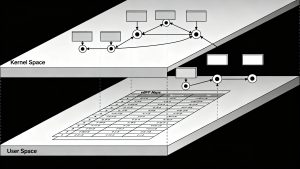Influenced by ongoing paradigm shifts in technology, economy, and the process of globalization, the conventional idea of the modern workspace is being redefined drastically. Companies have started to look beyond operating in a fixed location to tap into a global pool of talent. Moreover, professionals across the globe are seeking opportunities that offer more flexibility and agency in their day-to-day life. According to Talent500’s recent survey, as many as 89% of tech professionals would prefer to work remotely for some part of their work week. In this context, what does the future of work look like? In what ways will it impact the lives and aspirations of employees?
As companies rapidly shifted to remote work at the beginning of the pandemic, so many similar questions have surfaced about the future of work. These can include how to attract and retain a new distributed workforce, maintain a strong virtual culture, revise working hours and location, reconsider how and when to collaborate, etc. Companies and employees alike are discovering the advantages of remote work, including flexibility and innovation, increased focus on individual health and well-being, etc. And for those companies that actively benefit from in-person interactions at the workplace, the hybrid model has been the way forward. The mix of remote and onsite work presents more appeal to a larger group of employees with varying preferences in terms of interaction, bonding, and privacy.
Under these new models, the questions regarding diversity and inclusion take on new dimensions. With a diverse workforce under the remote work setup that brings in different perspectives, what is the scope for innovation? What are the organizational benefits of creating a more inclusive workspace?
Download the article ‘Global, Hybrid, Human & Diverse: 4 Attributes of Work 2.0’ to get some interesting perspectives.



